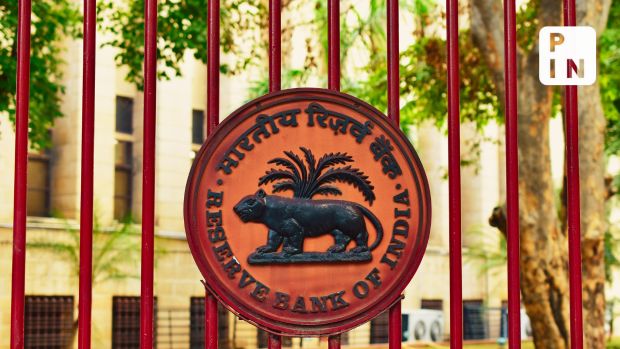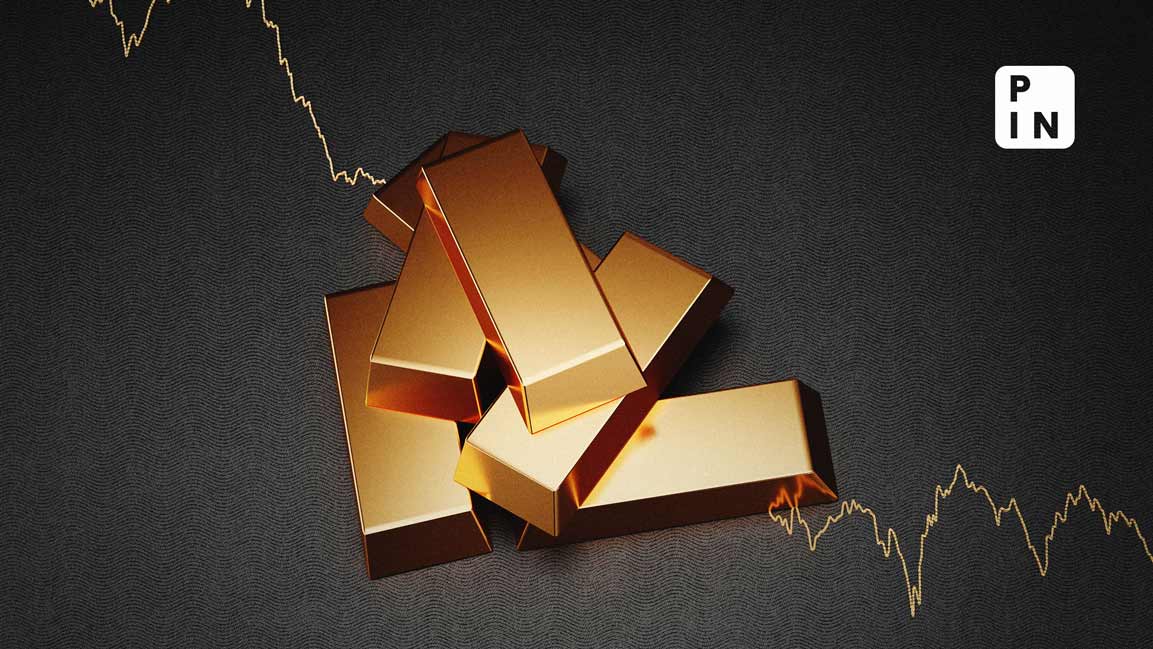- | 12:00 pm
RBI sees India growing at 7.5% in Q1
Quickening aggregate demand and a bounce-back in rural spending seen driving up economy in April-to-March quarter

India’s economy may grow by close to 7.5% in the April to June quarter of the current fiscal on sustained momentum in domestic demand, the Reserve Bank of India said in its May bulletin released on Tuesday.
Economic indicators are pointing to a quickening of the momentum of aggregate demand, while non-food spending is accelerating as rural spending is recovering, the Reserve Bank said, adding that an easing of the headline inflation in April sets the course for its gradual alignment with the target range.
There is a growing optimism that India is on the cusp of a long-awaited economic take-off, the central bank said.
“The Indian economy has demonstrated marked resilience in the face of geopolitical headwinds imparting supply chain pressures. According to the economic activity index, activity rebounded in April and early estimates suggest that GDP growth for Q1:2024-25 is likely to remain close to 7.5%,” RBI said in the bulletin.
The economic activity index measures economic health using 27 indicators such as how much people are spending, and how many goods are being produced. It’s set at 100 for February 2020 (before covid-19 struck) and 0 for April 2020 (during peak lockdown), thereby showing how the economy has changed over time.
The government is likely to release the quarterly GDP growth estimates for this fiscal’s first quarter on 31 May.
On the global front, RBI said the outlook for the global economy is turning fragile as “the descent of inflation is stalling, re-igniting risks to global financial stability.” Capital flows have become volatile as nervous investors are turning risk averse, it added.
Heightened geopolitical tensions are exerting substantial upward pressures on key commodity prices, with crude oil and gold leading the surge. Base metal prices have seen a strong revival in 2024 after being beaten down in 2023. This could impede the decline of inflation from current levels and hence dampen early prospects of monetary policy easing, RBI cautioned.
The recent upturn in commodity prices in the context of the moderating momentum of global growth reflects several factors at play besides geopolitical developments – tightening supply conditions; climate change; pick-up in infrastructure spending in China; and firming demand on the back of industrial activity and trade, it added.
Recent developments in the global economy sharpen the dilemma for monetary policy authorities. In the face of lack of progress in bringing down inflation to its target, high interest rates “may need more time to do their job”, RBI said.
Confidence is low on an inertial easing of the momentum of inflation, given that it has stalled in spite of past aggressive tightening.
The Reserve Bank also highlighted “certain structural changes”, such as rising immigration to advanced economies, the “muscular use of industrial policy”, fiscal laxity and the rewiring of supply chains as globalization fragments, as whole new dimensions to the conduct of monetary policy.













